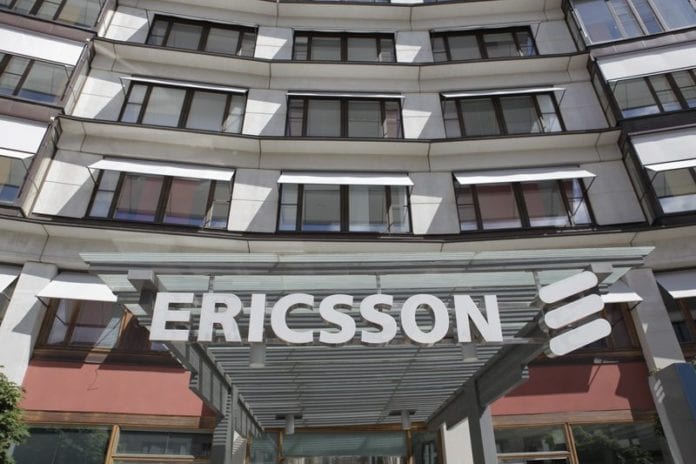Revenue from the region accounted for more than 10% of Ericsson’s global business in Q2
Ericsson is seeing increased opportunities for both LTE and 3G projects in the Middle East and Northeast Africa, the company’s president for the region Rafiah Ibrahim told RCR Wireless News.
Ericsson posted revenue of 6.51 billion kronors ($767.7 million) in the second quarter of the year, up 44% compared to the year-ago period. Compared to the first quarter of 2015, revenue in the region also expanded by 44%, according to the company’s latest financial report. Regional network sales reached 4.05 billion kronors in Q2, while global services sales totaled 2.14 billion kronors. Support solutions accounted for the remainder.
Ibrahim said that the Middle East region performed “extremely well” in the quarter, contributing to Ericsson’s bottom line.
“Over the last years, we have seen a good growth due to a lot of transformation projects across the Middle East region,” Ibrahim said.
The executive said that in the recent quarter, most of the growth came from countries including Saudi Arabia, Ethiopia and Turkey. “We have experienced a growth in our business in countries such as Egypt and Ethiopia in recent years. Iraq is also a strong market for us,” she said.
For the first half of the year, Ericsson’s Middle East revenues totaled 11 billion kronors, climbing 32% year-on-year. The Middle East region accounted for 10.7% of Ericsson’s overall revenue in the second quarter of the year. For the first half of 2015, regional revenue represented 9.6% of the firm’s global revenue.
Commenting on the most developed markets in the region, Ibrahim said that countries such as the United Arab Emirates, Saudi Arabia and Bahrain are showing very high levels of development in the mobile segment.
“For these advanced markets, where smartphone penetration is very high, the challenge is to improve the network infrastructure to handle the increasing amount of data traffic,” Ibrahim said.
“In the Middle East we also have what we call optimizers and developing markets. The optimizers markets have already deployed 3G networks and are in the process to expand 3G coverage. These markets are not yet going to 4G. These countries still require improvements in terms of bandwidth,” she added. Some of these markets include Turkey, Egypt and Oman.
On the other side, the developing countries still need to develop their 3G infrastructure. “Iraq, Afghanistan and Ethiopia are good examples of this,” Ibrahim added.
Ibrahim said that the development of LTE technology in the Middle East varies from country to country depending on certain regulatory issues such as the availability of licenses and spectrum. “We can say that 40% of the countries in the Middle East have already adopted 4G LTE technology. We have also carried out some pilots of LTE-Advanced across the region,” she added.
Ibrahim said that some of the challenges for the coming years are certain macroeconomic conditions in the markets in the Middle East as well as some security issues in countries such as Iraq.

